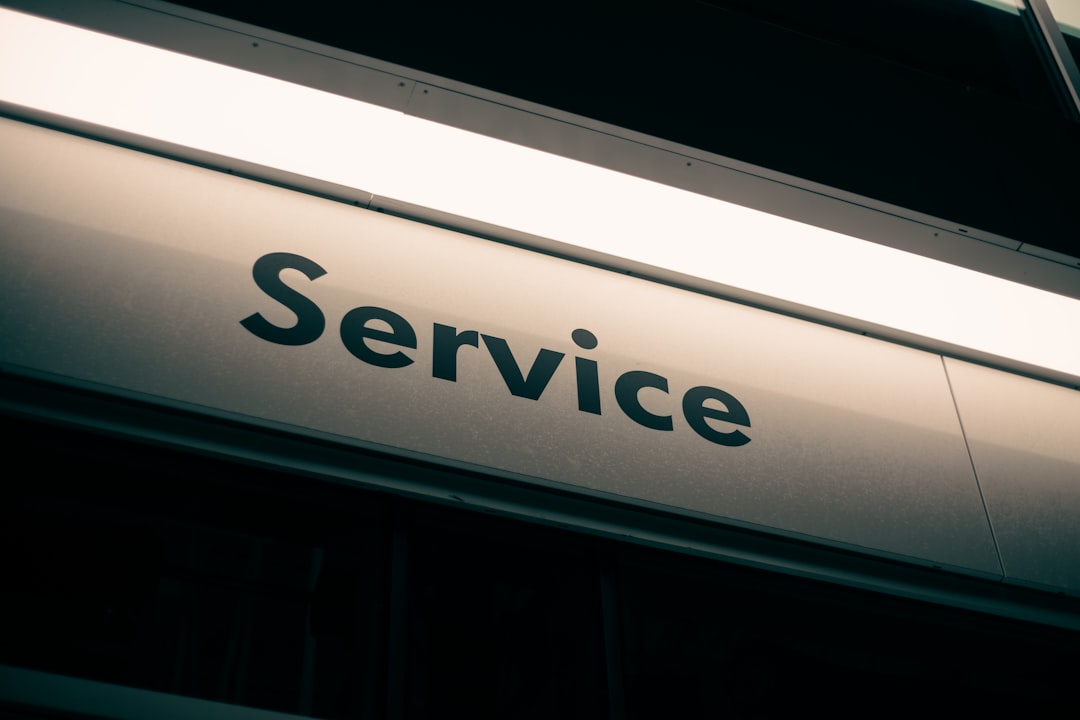
Selecting quality custom cable handling equipment requires careful attention to the specific needs of your operations and the characteristics of the equipment itself. One of the first clues to identifying high-quality options is the material and build quality. Durable materials such as high-grade steel, corrosion-resistant aluminum, or reinforced composites ensure the equipment can withstand the rigors of heavy industrial use. Equipment that features precise engineering and robust welding or assembly standards will typically last longer and maintain performance even under continuous load. Additionally, reputable manufacturers often provide detailed specifications about load capacity, operational limits, and compliance with industry safety standards, giving you confidence in the product’s reliability.
Another important clue is the level of customization available. True custom cable handling equipment should be designed to fit your exact cable dimensions, operational processes, and environmental conditions. This means the manufacturer should be willing to adapt spool sizes, tension controls, drive mechanisms, and storage solutions to suit your needs. The ability to integrate special features, such as automated winding systems, adjustable guides, or protective cable coatings, often indicates a manufacturer that prioritizes functionality and performance. Poorly designed or overly generic equipment can cause unnecessary wear on cables, reduce efficiency, and even lead to costly operational downtime.
Evaluating the ease of operation and ergonomics is also a key step in selecting quality equipment. Operators should be able to handle the equipment with minimal strain, aided by intuitive controls, smooth movements, and safety-enhancing features. A well-designed piece of custom cable handling equipment will have accessible components for maintenance and user-friendly adjustments for different cable sizes or types. This reduces operator fatigue, improves productivity, and minimizes training time. Equipment that appears overly complex without clear operational benefits may lead to inefficiencies and frequent errors. Testing the equipment or requesting a demonstration can give you a clearer sense of how it will perform in real-world scenarios.
Manufacturer reputation and after-sales support are equally critical clues. Companies with a proven history of producing reliable, high-performance cable handling solutions are more likely to deliver equipment that meets your expectations. Look for manufacturers who offer warranties, maintenance packages, and readily available spare parts. Strong after-sales support ensures that any issues can be resolved quickly, minimizing downtime. Customer testimonials, industry awards, and case studies can also serve as valuable indicators of a manufacturer’s trustworthiness and commitment to quality. In contrast, limited support or vague warranty terms can be a red flag, signaling potential future challenges.
The integration of modern technology can further distinguish quality custom cable handling equipment from basic models. Advanced features such as programmable tension control, automated measuring systems, and real-time monitoring can enhance accuracy and efficiency. These innovations not only reduce human error but also contribute to consistent cable quality and improved safety. High-quality equipment often incorporates sensors and digital interfaces that allow for data tracking and maintenance alerts, which can be especially beneficial for operations that require strict quality control and compliance documentation. Equipment lacking these enhancements may still function adequately but may not deliver the same long-term value or operational insight.
Finally, cost should be assessed in relation to overall value rather than simply focusing on the lowest price. While budget considerations are important, choosing equipment based solely on cost can lead to compromises in durability, performance, and safety. The best investment is often in equipment that combines robust construction, customization, ease of use, and strong manufacturer support at a fair price. Conducting a total cost of ownership analysis?including initial purchase, maintenance, repairs, and potential downtime?can help identify which option offers the greatest long-term benefit. In many cases, higher upfront costs are offset by reduced operational interruptions and extended service life, making the choice for quality equipment a sound business decision.